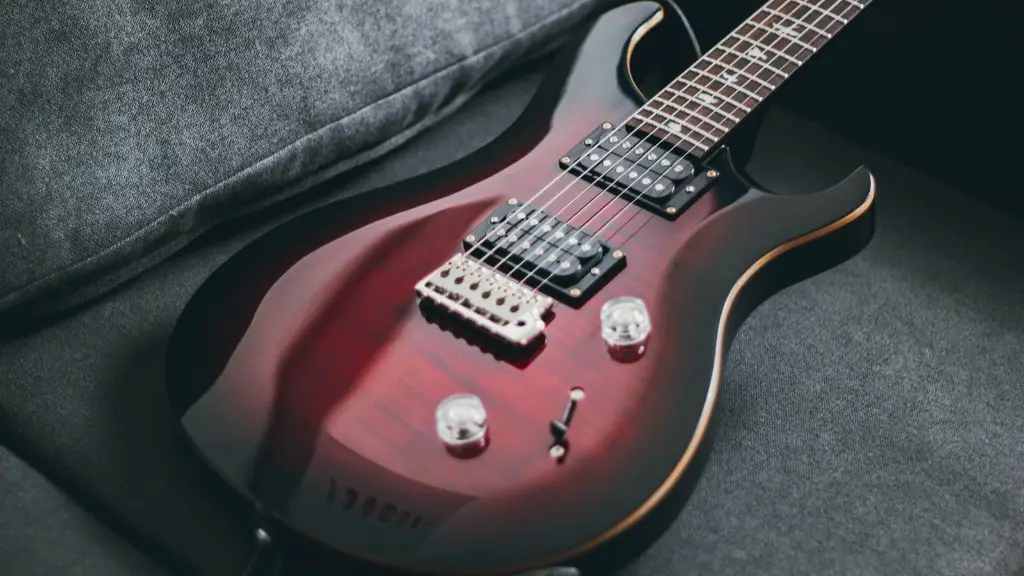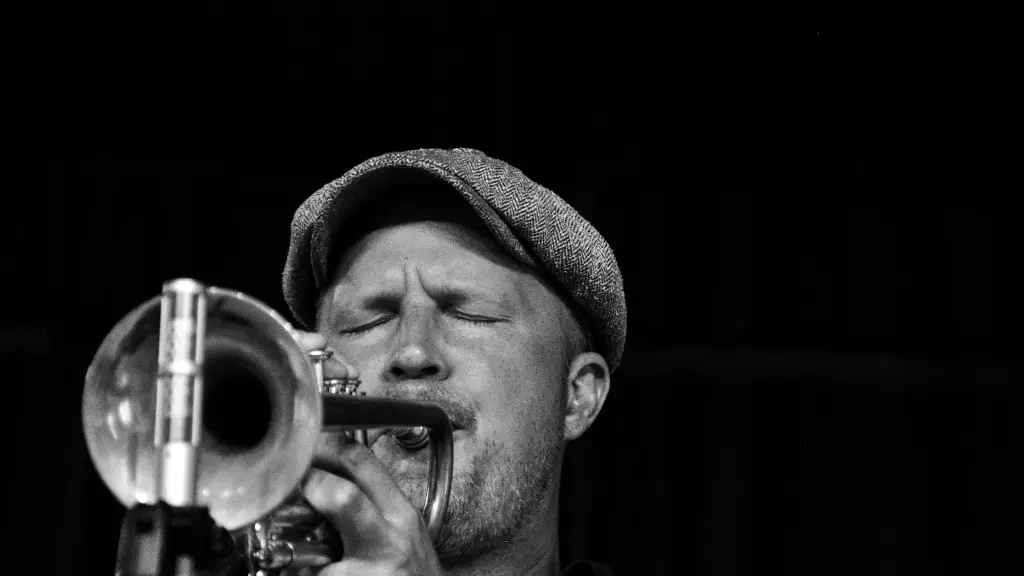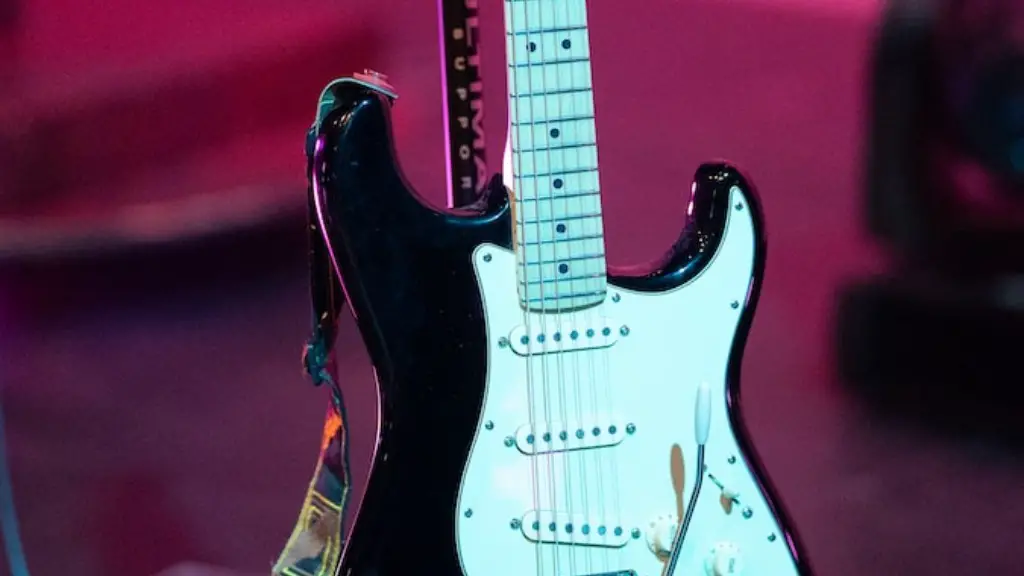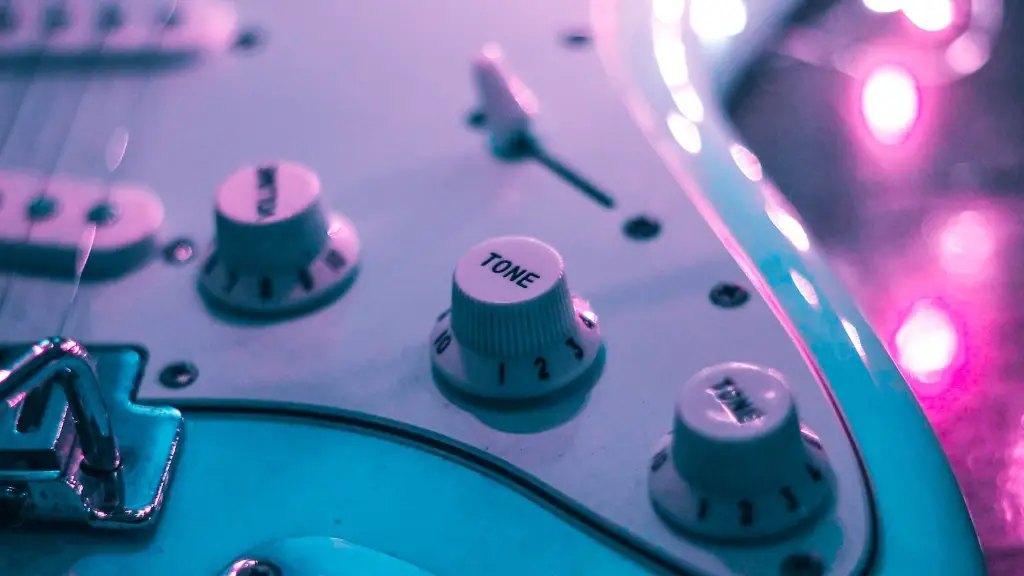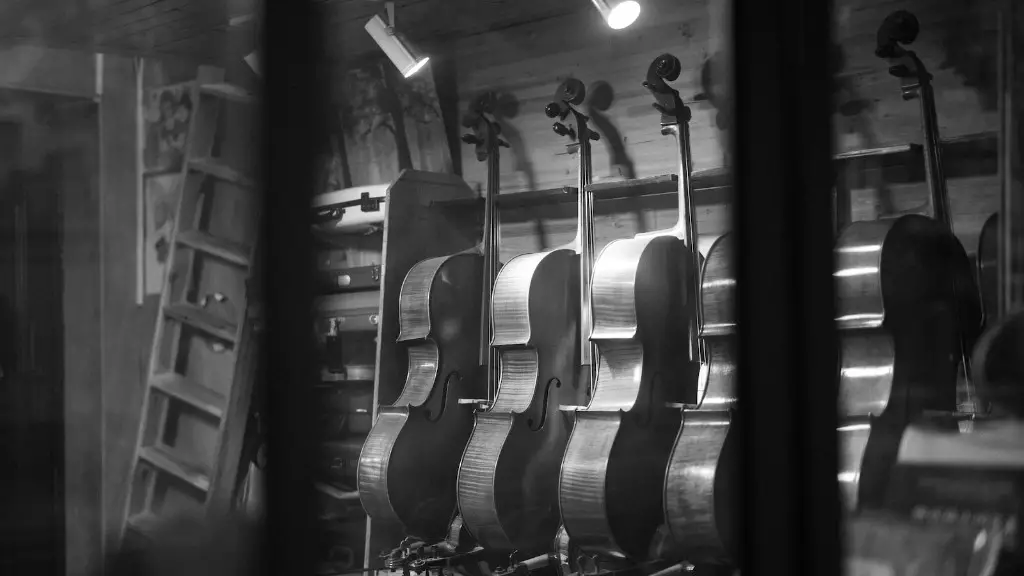Playing the electric guitar is an exciting experience, and it is easy to learn how to get different sounds out of it. Through the use of different playing techniques and effects, you can create a range of tones from warm, mellow sounds to edgy and aggressive tones.
There are a variety of techniques and effects you can use to get different sounds on your electric guitar. By adjusting your pick attack, vibrato, hammer-ons and pull-offs, and palm muting, you can achieve a range of textures. Additionally, the use of effects pedals such as distortion or delay can help you create a wider variety of sounds.
For example, distortion pedals allow you to get crunchy distortion tones while delay pedals help to create ambient or psychedelic soundscapes. Experimenting with these techniques will help you find your own unique sound on the electric guitar. You can also combine these techniques with various playing styles such as blues or rock.
Learning how to get different sounds on electric guitar is an essential part of becoming a great guitarist. With some practice and experimentation, you will soon be able to find tones that perfectly suit your style and music.
Amps and Effects Pedals
Guitarists are always looking for the best ways to get different sounds out of their electric guitar. One of the quickest and most effective ways to do this is by using amps and effects pedals. Amps are designed to increase the volume of your sound, as well as shape it, while effects pedals can provide a variety of additional sounds, from distortion to reverb. Together, these tools can help you create an individualized sound that stands out from the crowd.
For a basic setup, start with an amp and then add different effects pedals. When selecting an amp, consider the type of music you play and how loud you need it to be. Then pick up a few effects pedals, such as a distortion pedal or a delay pedal, depending on what sounds you’re looking for. Experiment with different combinations until you find the right mix for your style of music.
For more advanced players, there are also multi-effects units that combine various types of amps and effects into one device. This is a great way to get an array of sounds quickly without having to purchase multiple pieces of equipment. So whether you’re just starting out or already experienced at playing guitar, amps and effect pedals can be used to create rich and unique guitar tones.
Strings, Pickups, and Tunings
Electric guitars are incredibly versatile instruments that allow you to get a wide variety of sounds. The first step to getting different sounds on your electric guitar is to change the strings. Different gauges of strings can give you brighter or warmer tones and various levels of sustain. Pickups can also affect the sound of your guitar; humbuckers will give you a thicker, louder sound while single-coils may provide a brighter, more cutting tone. Lastly, tuning can help you achieve different sounds; drop tuning will give you deeper tones while open tunings can offer a more resonant sound. No matter which combination of strings, pickups, and tunings you choose, experimenting is key to finding the perfect sound for your electric guitar.
Getting Different Sounds on Electric Guitar
Electric guitars can produce a wide variety of sounds.The type of sound you get from your guitar largely depends on the type of guitar body you have. The body of an electric guitar is made up of the neck, fingerboard, strings, pickups, bridge, and other accessories. Each component helps to shape the sound produced by your guitar.
For instance, humbucker pickups provide a warm tone and more output than single coil pickups. The bridge is also important for shaping the sound of your guitar as it determines how the strings vibrate when plucked or strummed. Different types of bridges will produce different tones – for example, a tune-o-matic bridge provides more sustain than a tremolo bridge.
The woods used in constructing a guitar body can also affect its sound. Alder is often used to make electric guitars because it produces a bright tone that is well balanced and full-bodied. Other popular woods used in electric guitar bodies are mahogany, maple and basswood. Each wood has its own unique tonal characteristics. Additionally, other accessories such as capacitors and potentiometers can be used to alter the sound of your electric guitar even further.
By experimenting with different components and accessories you can create an infinite variety of sounds with your electric guitar.
Alternate Picking Techniques
Alternate picking is an essential technique for electric guitar players. It involves playing each note with an alternate up and down stroke of the pick. This helps create faster, smoother, and more precise runs. When done correctly, it can add a lot of dynamics to your playing. With proper practice, you can learn to use alternate picking to get a range of different sounds on the guitar.
For example, using an accent on one of the upstrokes or downstrokes while alternating can give your playing a more staccato sound that stands out from the rest of the notes in your phrase. You can also experiment with changing your picking direction mid-phrase or varying the speed of your picking strokes for different effects. Using alternate picking techniques can help you create unique sounds on electric guitar.
Practicing exercises like scales and arpeggios with alternate picking will help you become comfortable with this technique and enable you to incorporate it into your own style of playing. With time and practice, you will be able to develop new sounds and textures with this powerful technique.
Hammer-Ons and Pull-Offs
Hammer-ons and pull-offs are playing techniques used on electric guitar. Hammer-ons are when you use the fretting hand to “hammer” onto the fretboard to produce a note without plucking the string with your picking hand. Pull-offs are similar, but they involve pulling the string off of the fretboard instead of hammering it on. Both techniques create different sounds and can be used to add dynamics to your playing.
When using these techniques, it’s important to pay attention to volume and timing. The louder you play, the more pronounced the sound will be, so you can use this technique to create accents within a phrase or solo. Additionally, making sure that you hammer or pull off at the precise moment will give your notes more clarity and definition.
For a beginner guitar player, it can take some practice to get comfortable with hammer-ons and pull-offs. However, once mastered, these techniques can help add emotion and expression to your playing. They are incredibly useful for creating interesting melodies and adding dynamic variation to solos. With some practice, these techniques can be used by any guitarist regardless of skill level!
Bending, Slides and Vibrato on Electric Guitar
Guitarists looking to add variation to their sound can do so with techniques like string bending, slides and vibrato. String bending is a technique that uses the fretting hand to stretch the strings of a guitar, creating a new pitch. Slides are used to move up or down between two notes. Vibrato is created by rapidly oscillating the pitch of a note up and down. All three techniques can be used in combination with each other or separately to create unique sounds on electric guitar.
Using string bends requires some practice as they must be done with precision to hit the desired note. The best way to get started is by fretting a single note and then stretching it up half or whole steps until the desired pitch is reached. Slides are easier to do but require the same accuracy in order to hit the right note. To do this, use your finger on one fret and then slide it up or down until you reach the next one.
Vibrato is slightly different as it involves quickly rocking your finger back and forth on a single note. This creates an effect that can be used for both solos and rhythm playing, adding flavor to licks and riffs alike. With some practice, you’ll be able to combine all three techniques for truly unique sounds on electric guitar!
To Sum It All Up
Electric guitar is a versatile instrument that can produce a range of sounds. Beginner guitar players can start with the basics and look into different effects pedals to make their sound more unique. To get different sounds, use the amp’s volume control, the tone knobs and the pickups available on the guitar to adjust your sound. Experimenting is key to finding new tones and developing your sound. With practice, you’ll be able to create any sound you like.
